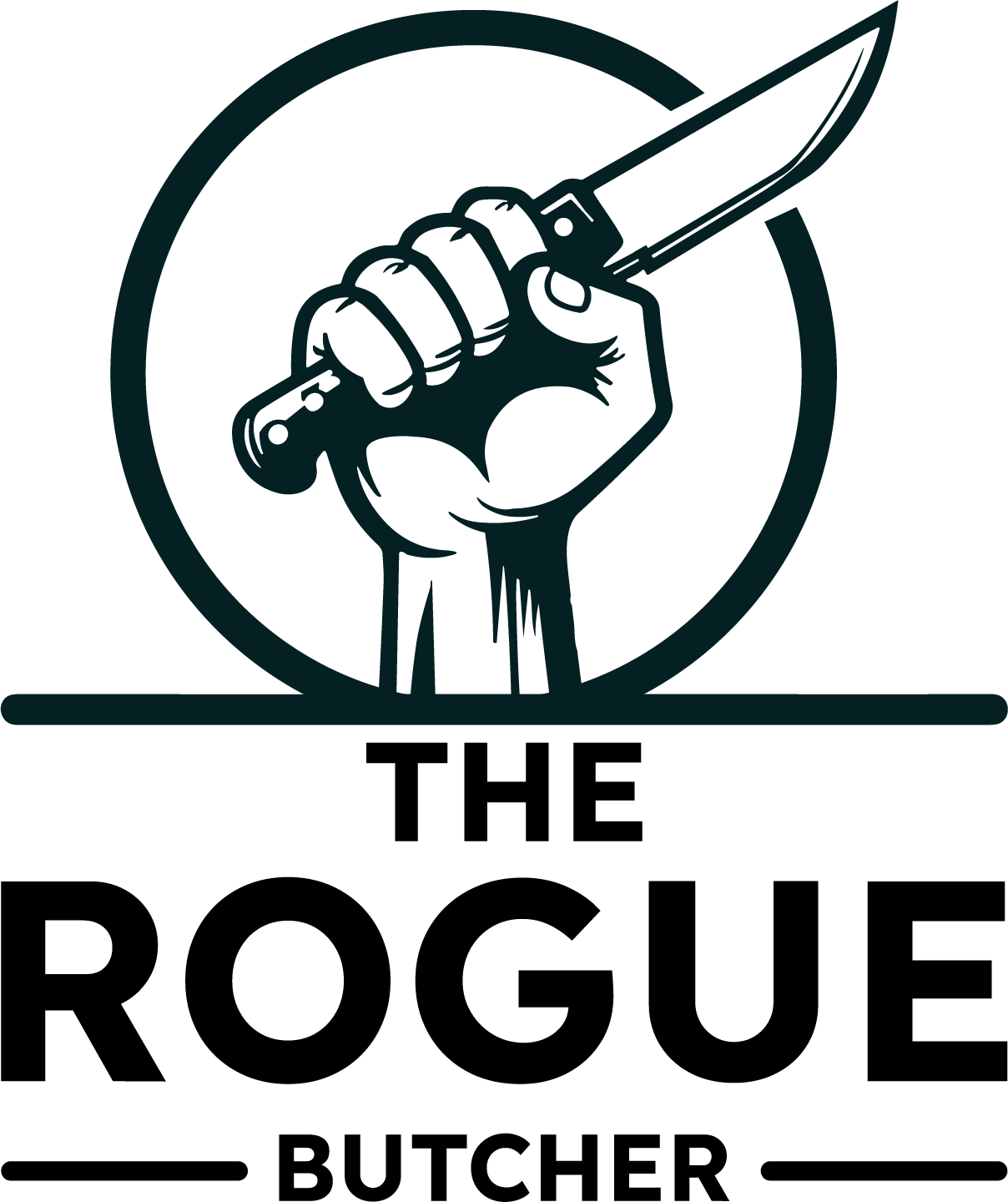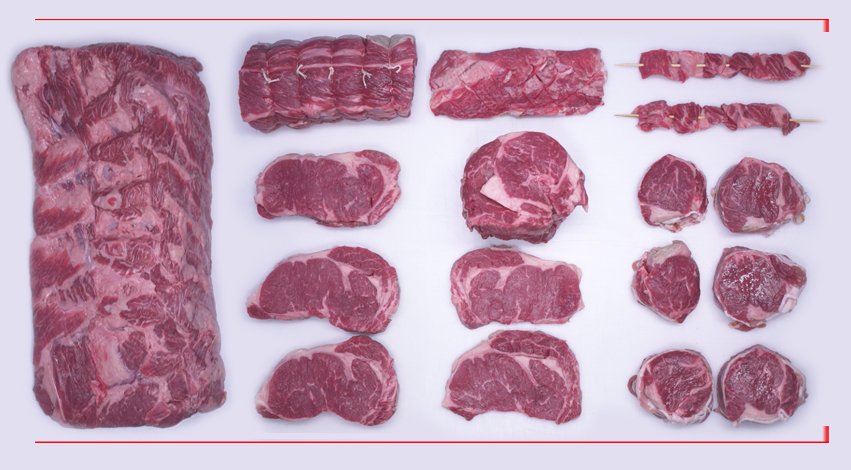5 Insider Tips for Buying Meat Like a Pro
Buying meat can feel like walking through a maze: dozens of cuts, labels that don’t always make sense, and prices that jump around week to week. But once you understand a few fundamentals, it stops being intimidating and starts becoming empowering. After more than 30 years in the meat industry, I’ve seen how a few insider habits can transform the way people shop.
Here are five detailed tips to help you buy better meat, save money, and cook with confidence.
Tip 1: Know Your Cuts – Your Roadmap to Smarter Shopping
Think of the animal as a map divided into different “neighborhoods.” Each one has its own flavour profile, tenderness, and best cooking method. Understanding where a cut comes from is the single biggest key to buying meat like a pro.
Front and rear cuts (shoulder, shank, round): These muscles work harder, which makes them tougher but also more flavourful. They’re ideal for low-and-slow cooking, braises, stews, or pressure-cooking - because time and moisture break down the connective tissue into melt-in-your-mouth goodness. Cuts like beef chuck roast, pork shoulder, and lamb shanks are unbeatable for hearty, budget-friendly meals.
Middle cuts (loin, rib, sirloin): These are the “prime real estate” of the animal. They’re naturally tender and cook quickly with dry heat methods like grilling, searing, and roasting. This includes prized cuts like ribeye, striploin, tenderloin, and center cut pork chops. They’re also more expensive; you're paying for tenderness and prestige.
Why this matters for your wallet
Knowing your cuts helps you avoid overpaying for convenience. For example, a pack of pre-sliced pork stir-fry strips might cost 40% more than a whole pork loin that you can slice yourself in five minutes. Likewise, a beef shoulder roast can be cut into stew meat, ground beef, or left whole for pot roast—all at a fraction of the cost of “pre-prepped” meat. (Dive into my video library and see exactly how it’s done!).
Pro move: Learn the “underdog” cuts
Cuts like flat iron steak, tri-tip, hanger steak, and bottom blade steaks deliver incredible flavour and tenderness but often go overlooked. Because they’re not household names, they’re priced lower even though they taste fantastic.
Bottom line: When you know your cuts, you stop shopping blindly. You start choosing meat that matches your cooking method, your budget, and your taste preferences and that’s when buying meat becomes empowering instead of overwhelming.
Tip 2: Check for Quality Markers, Not Just the Label
Meat grading, marketing terms, and packaging can confuse even experienced shoppers. Prime, AAA, “grass-fed,” “natural,” “hormone-free”’ - it’s a lot to take in. But a few simple quality markers matter more than anything printed on the label.
What to look for:
Marbling: These fine white streaks of fat running through the muscle are nature’s flavour insurance. More marbling equals more juiciness, tenderness, and flavour—especially in beef.
Color: Fresh beef should be a vibrant cherry red, pork should be pale pink, and lamb a deep rosy hue. Avoid anything brown, gray, or dark spots. Poultry should have a clean pink or creamy tone, not a yellow or slimy appearance.
Moisture: A slight sheen on the surface is normal, but meat should not be swimming in liquid. Excess “purge” (the red liquid in the package) often means it’s been sitting too long.
On grading and terms
Canadian beef grading (Prime, AAA, AA) indicates marbling levels, with Prime offering the highest. Grass-fed and organic can indicate different flavour profiles and production methods, but don’t let buzzwords overshadow freshness and handling, which are equally important.
Bottom line: Labels are helpful, but your senses, sight, touch, and smell are your best tools for judging quality. Trust them, and you’ll never bring home subpar meat again.
Tip 3: Don’t Be Afraid to Ask Your Butcher – Your Secret Weapon
Too many people treat the butcher counter like a vending machine: grab what’s in front and move on. But your butcher isn’t just there to weigh and wrap - think of them as your personal guide to better meat.
Why talk to your butcher?
They know what’s freshest. Ask, “What came in today?” and you’ll often get pointed to cuts that haven’t even hit the display case yet.
They can save you money. A butcher might suggest a lesser-known cut that cooks just like the premium one you were eyeing—at half the price.
They customize. Need a roast split in two, chicken breasts butterflied, or a piece of meat trimmed and tied? They can do it in minutes.
Questions to ask:
“What’s the best value cut you have right now?”
“Could you cut this into portions for me?”
“Do you have any bones or trimmings for stock?”
Building a relationship with your butcher pays off. Regular customers often get early notice of sales, access to specialty cuts, and tips you won’t find on a price tag.
Bottom line: A 30-second conversation can save you money, improve your meals, and make you feel like an insider.
Tip 4: Buy in Bulk and Break It Down Yourself – The Pro’s Way to Save
Buying in bulk is one of the easiest ways to stretch your grocery budget, and it’s a trick professionals swear by. Pre-cut meat comes at a markup because you’re paying for labour. Buying a whole cut means you’re in control: portion it your way, store it your way, and use every last bit.
Example: Whole boneless pork loin (~$25–$30)
8–10 thick chops for grilling
1 small roast for Sunday dinner
Strips for stir-fry or kebabs
Trimmings for ground pork or homemade sausage
The same goes for beef top sirloin, brisket, or whole chickens. You pay less per pound, and you decide how to portion it.
Gear that makes it easy:
A sharp chef’s or boning knife
A sturdy cutting board
Freezer paper or a vacuum sealer
Labels and a marker (always date your packages)
Pro move: Turn scraps into sausage using our DIY Sausage Kit. Instead of waste, you get custom sausages flavoured exactly how you like. Link here
Bottom line: Bulk buying means better prices, less waste, and more flexibility. A little prep time at home pays off every time you open the freezer.
Tip 5: Timing Is Everything – Shop Smart for Price and Freshness
Freshness and price are tied to timing more than most shoppers realize. Meat counters get deliveries several times a week, and what’s on sale one day might be regular price the next.
Timing hacks:
Shop mid-week (Tuesday or Wednesday): Most stores restock after busy weekends, so you’ll get first pick of the freshest cuts.
Go early in the day: Displays are fullest and the meat hasn’t been picked over yet.
Watch for markdowns: After holidays, large cuts like ham, ribs, and roasts are often discounted.
Follow your store or butcher on social media: Many post “manager’s specials” or flash sales.
Stock up strategically
When you find a good deal, buy extra and freeze it. Portioning and labeling at home means you’ll always have meat on hand, and you’re not at the mercy of weekly prices.
Pro move: Keep a small whiteboard on your freezer to track what you have and when you bought it. No more forgotten mystery packages.
Bottom line: Shopping with timing in mind keeps your kitchen stocked with fresher meat at lower prices.
Final Thoughts: Take Control of Your Meat Game
Buying meat like a pro isn’t about memorizing every cut or chasing every sale - it’s about knowing what to look for, asking the right questions, and timing your buys. When you do, you get fresher, better meat for less money and cooking becomes that much more rewarding.







